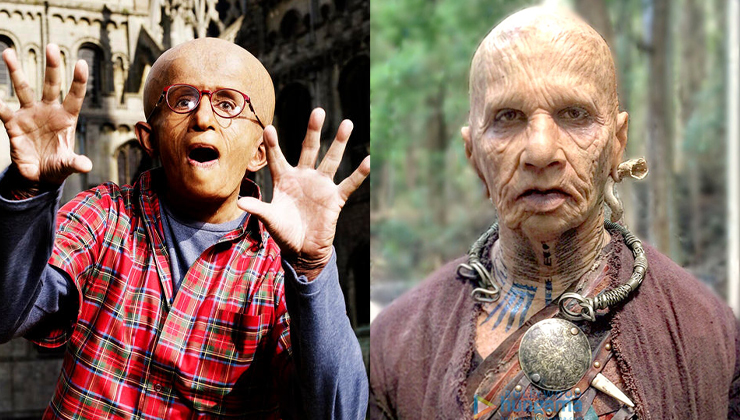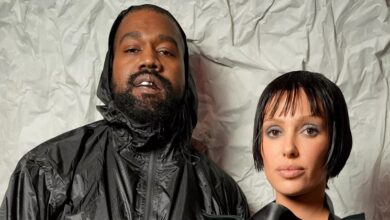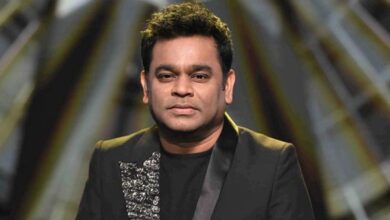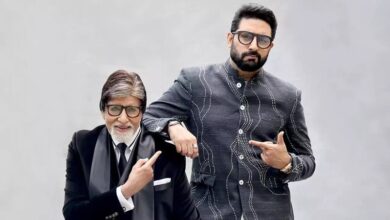Bollywood Actors Who Looked Completely Different On Screen For Their Roles

News Mania Desk/Agnibeena Ghosh/23rd August 2024
The magic of cinema often lies in the remarkable transformations actors undergo to bring their characters to life. Recently, Amitabh Bachchan and Sharvari Wagh have captivated audiences with their extraordinary on-screen metamorphoses. Both actors have delivered performances that are as visually striking as they are impactful, showcasing the lengths to which they went to embody their roles.
Amitabh Bachchan’s portrayal of Ashwatthama in the highly acclaimed film Kalki 2898 AD has set a new standard for on-screen transformations. Known for his commanding screen presence, Bachchan’s metamorphosis into the mythological figure Ashwatthama was nothing short of spectacular. His look featured woolly eyebrows, a matted bun, aged skin, and an unkempt beard, alongside striking black-rimmed, sunken eyes and a bloodied indentation on his forehead. This intricate design, brought to life by Da Makeup Lab and character designer Preetisheel Singh Dsouza, visually narrates the rich lore of Ashwatthama, adding depth and authenticity to his character.
Similarly, Sharvari Wagh’s transformation in Munjya garnered significant attention. The actress dedicated five hours daily to don the prosthetics required for her role. The process involved meticulous application and removal of prosthetics, which took an additional hour and a half each day. Wagh’s commitment extended beyond physical changes; mastering the CGI-enhanced body language was crucial to her portrayal, demonstrating her dedication to making Munjya come alive on screen.
Akshay Kumar also delivered a jaw-dropping performance with his role as Pakshi Rajan in the sci-fi film 2.0. The sequel to Enthiran (2010), directed by S. Shankar, featured Kumar in a technologically advanced prosthetic look that he described as a “technological wonder.” The elaborate process involved three and a half hours of sitting still while the prosthetics were applied, a challenging feat that tested his patience and endurance. Kumar’s experience highlights the demanding nature of such transformations and how they contribute to his overall performance.
Rajkummar Rao’s role in Raabta is another example of exceptional transformation, though it went largely unrecognized due to the film’s lackluster reception. Rao played Mohak, a 324-year-old character, requiring him to spend five to six hours each day in makeup. Despite the demanding nature of his role and the film’s modest success, Rao’s dedication to his transformation was evident and praiseworthy.
Amitabh Bachchan’s transformation in Paa is worth noting as a significant milestone in his career. In this 2009 film, Bachchan portrayed Auro, a 12-year-old suffering from progeria, a rare genetic disorder. The actor underwent a four-hour daily makeup routine, after which he could neither eat nor drink. The commitment paid off, as the film won four National Film Awards, including Best Actor for Bachchan and Best Makeup Artist for Christien Tinsley and Dominie Till.
These remarkable transformations not only showcase the actors’ dedication but also enhance the storytelling in cinema, allowing audiences to experience characters in a deeply immersive way. Each transformation tells a story of its own, blending artistry, technology, and the relentless commitment of actors to their craft.






